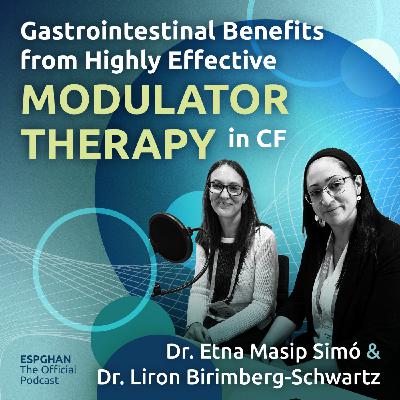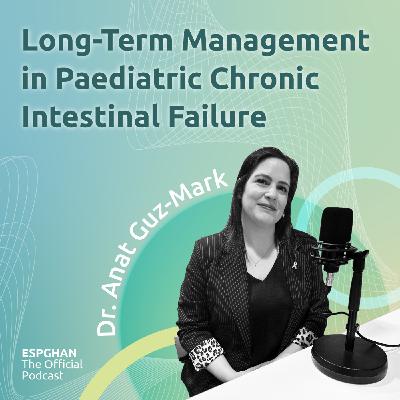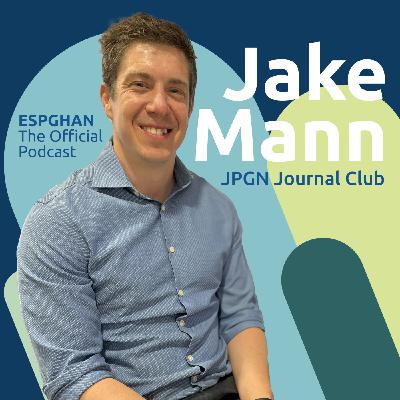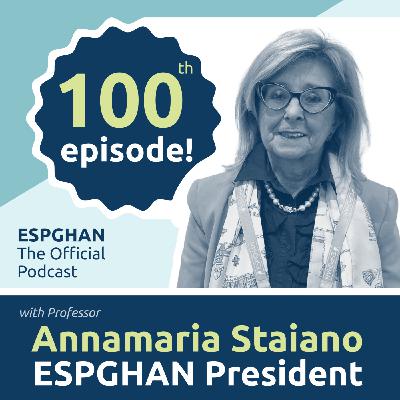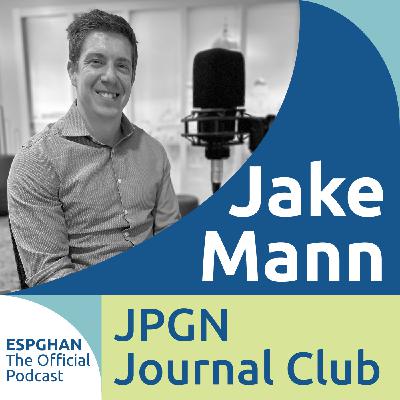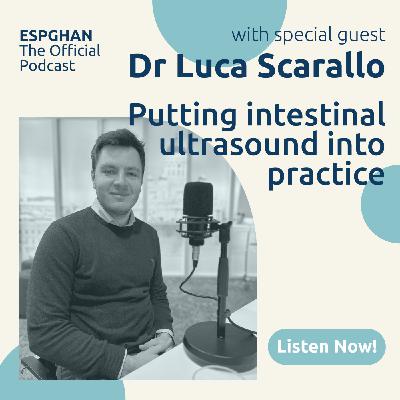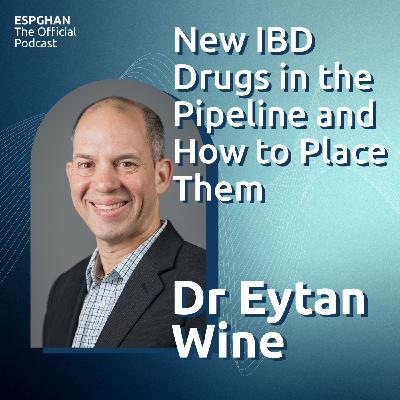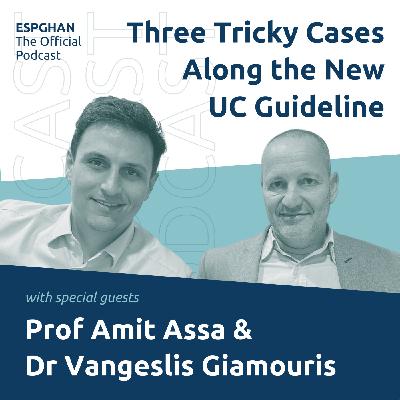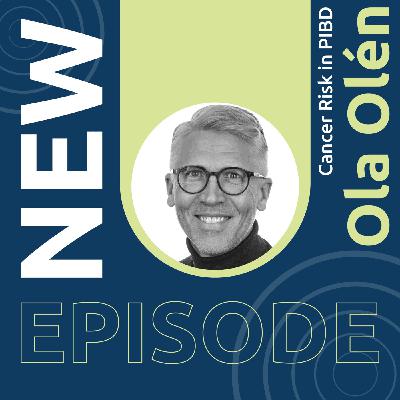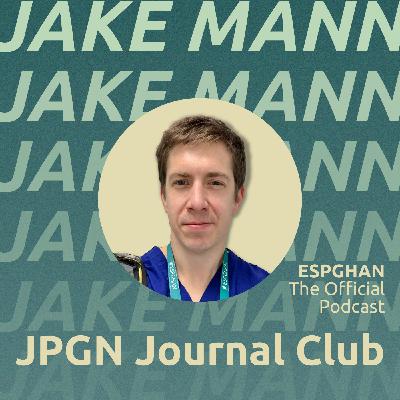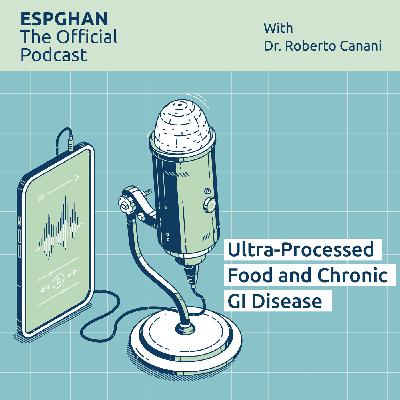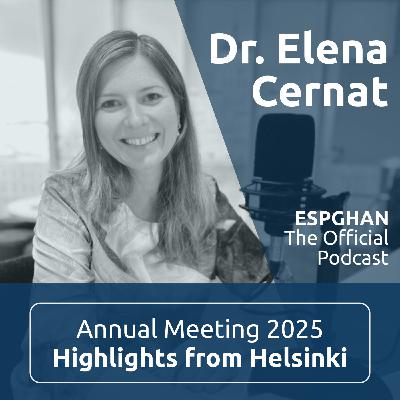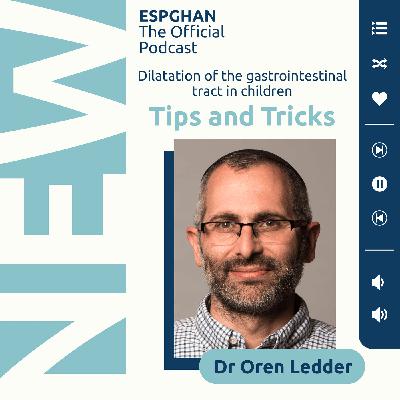Greetings from Helsinki, capital of yet another nation in which you have to watch your sushi! Boreal circumpolar dining for pescatarians… ring up another aetiology of Vitamin B12 deficiency, and check your erythrocytes’ mean corpuscular volume when you get home. At JPGN Journal Club, with Dr. Jake Mann, reaching you today from ESPGHAN’s annual meeting, we uniformly are alert against diphyllobothriasis, Scourge of the North. Herring is on the menu this week—wish us luck. Jake’s choices for today: From J Pediatr Gastroenterol Nutr, by Kellar et al., writing from a number of North American institutions:“Defining normal bowel wall thickness in children with inflammatory bowel disease in deep remission: A multicenter study on behalf of the pediatric committee of the International Bowel Ultrasound Group (IBUS)” From Hepatology, by Schwimmer et al., with investigators principally based in San Diego, CA:“Long-term mortality and extrahepatic outcomes in 1,096 children with MASLD: A retrospective cohort study” The JPGN article complements one recently discussed here at Journal Club. That article posed the question: Of what additional value is sonography in assessing extent of small-bowel involvement by inflammatory bowel disease at presentation? The conclusion: not good enough to displace/replace other techniques, but it does pick up some disease that enteroscopy with biopsy and magnetic resonance imaging studies miss; particularly useful, perhaps, in patients who do not tolerate other techniques well. The work by Kellar et al. is not the other half of a diptych; that is, it does not pose the question: Of what additional value is sonography in assessing extent of small-bowel involvement by inflammatory disease after clinically successful treatment? That work remains to be done. A necessary lead-up to that work, however, is to determine by sonography how thick the wall of the bowel is—large and small—after inflammation has receded, with comparisons between regions assessed before as involved and regions assessed before as non-involved. The present study offers standard values likely to be useful in clinical practice. Of course, aspects of study design permit quibbling—Jake holds both MD and MQ degrees, medicinae ac quibbolae doctissimus!—but overall, truly a pleasure to read and to think through. Grappling with non-alcoholic fatty liver disease in children—or, more recently, metabolic dysfunction–associated steatotic liver disease (MASLD)—has never been easy. A child with abnormal clinical-laboratory test results that suggest hepatobiliary injury, obtained for no particular reason other than vigilance (as with required determinations of fitness to take part in sports), is referred for specialty evaluation. Or—more often in the last several years—a fat child is defined prospectively as ill, is “medicalised”, and is referred for specialty evaluation. Colleagues in imaging-study departments say the liver is likely fatty. Oh. Well. Now what? The natural history of MASLD seems to be largely undefined. So long as that is the case, to act is random—one needs a prognosis, the more detailed the better, to know what to watch out for, to understand how outcomes arise, and to consider intervention. The authors write: “The primary objectives of the study were to quantify the mortality rate and identify the causes of death in individuals with pediatric-onset MASLD. Secondary aims were to evaluate the incidence of cirrhosis and the development of extrahepatic outcomes including type 2 diabetes, hypertension, dyslipidemia, and obstructive sleep apnea.” The authors followed for a mean of 8.5 years, 1,096 children aged 2–18 years who were diagnosed with MASLD between 2000 and 2017. Their findings demonstrate considerable hepatic morbidity and extrahepatic co-morbidity, with an increased death rate. Whilst the population that they studied was 80% “Hispanic”, which precludes facile extrapolation of their conclusions to other ethnic groups—Mexican-American boys notoriously are butterballs, victims of the cultural conviction FOOD = LOVE—the authors’ findings will be, and perhaps should be, used to warrant screening and intervention (diet, exercise, GLP-1 receptor agonists), and thus are worth attention. LiteratureKellar A et al. Defining normal bowel wall thickness in children with inflammatory bowel disease in deep remission: A multicenter study on behalf of the pediatric committee of the International Bowel Ultrasound Group (IBUS). J Pediatr Gastroenterol Nutr. 2025 Apr 29. doi: 10.1002/jpn3.70049. Online ahead of print. PMID: 40296563 Schwimmer JB et al. Long-term mortality and extrahepatic outcomes in 1,096 children with MASLD: A retrospective cohort study. Hepatology. 2025 Apr 22. doi: 10.1097/HEP.0000000000001357. Online ahead of print. PMID: 40262118





